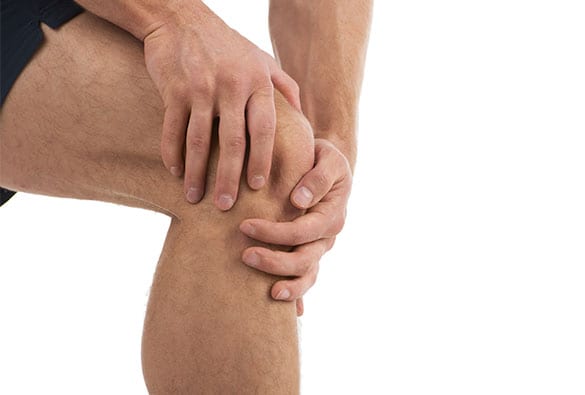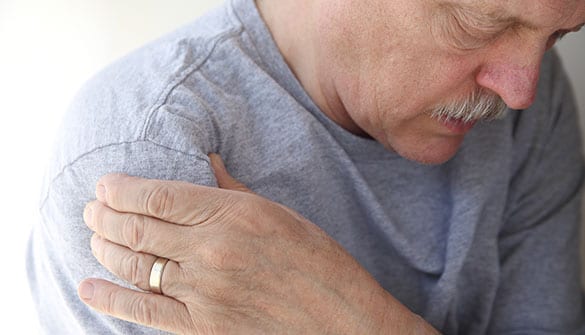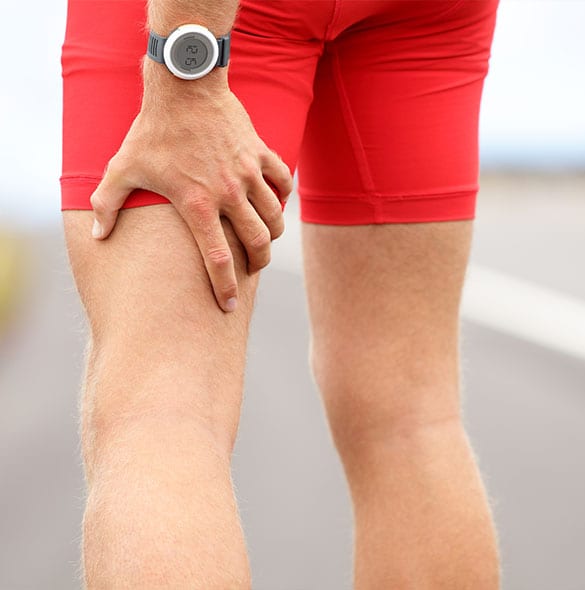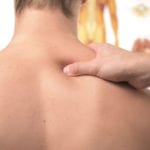
Tendonitis can be very painful. Let the experts at LA Orthopedic Group help.
Tendonitis is inflammation of tendons, the thick tissues that attach bones to muscles. Affecting areas around joints and often caused by repetitive movements, the condition is usually slow to develop, although it may be sudden if an injury damages the tendon.
- Elbows, shoulders, hips, and knees are the most common joints affected by tendonitis
- Many patients respond well to non-surgical remedies like medication, heat and ice applications, and physical therapy
- Surgery may be necessary if tendonitis is severe or if the tendon has been torn
CONTACT US TODAY
Causes of Tendonitis
Other than repetitive movements, tendonitis may be caused by a sudden impact or another serious injury. Sports like golf, tennis, skiing, and baseball involve motions that sometime contribute to the condition. Everyday activities such as gardening, raking, and cleaning the house can also irritate tendons. Risk factors include age, poor posture, and any movements involving forceful exertions of joints and awkward positions. Tendonitis may produce the following symptoms:
- Swelling and redness
- Tenderness around the affected joint
- Dull aches or pain triggered by movement
- Difficulty moving the affected joint


Diagnosing Tendonitis
Tendonitis can usually be diagnosed with a physical exam alone that includes a patient’s description of symptoms and a discussion of what activities or movements tend to cause the discomfort. Image tests might be performed if other conditions that may cause joint pain need to be ruled out. Such testing often involves X-rays and CT or MRI scans to view bones and soft tissues.
Non-Surgical Treatments
The main goal of tendonitis treatment is to ease inflammation affecting the tendon and nearby joint. Initial treatment attempts specific to this goal usually include resting the affected area, avoiding activities that trigger symptoms, applying ice to the affected area, and taking over-the-counter or prescription anti-inflammatory medications in the form of pills or topical gels. Some patients also benefit from:
- OTC and prescription pain-relievers
- Corticosteroid injections*
- Platelet-rich plasma (PRP) therapy to stimulate tissue healing
- Splinting (depends on the joint affected)
- Range-of-motion exercises
*Not recommended for chronic tendonitis, since too many injections may damage the affected tendon.
Surgery for Tendonitis
If a tendon has ruptured, surgery may be necessary. Rarely recommended for tendonitis, surgery is also considered if the tendon has torn away from the bone. A minimally invasive technique known as focused aspiration of scar tissue (FAST) may be performed for chronic tendon inflammation. The procedure allows for the removal scar tissue without damaging healthy tissue. Involving rehabilitative exercises and other forms of physical therapy, recovery can take anywhere from several weeks to months, depending the procedure performed.
Reduce your chances of experiencing pain related to tendonitis by avoiding or minimizing activities that place excessive stress on the same tendons. With exercise, stretch first and mix up your routines or opt for lower-impact activities such as water-based exercises, casual walking, or biking. With sports, pay attention to your technique. If you do notice any pain around your joints, take a break to give tendons and other tissues time to heal.




